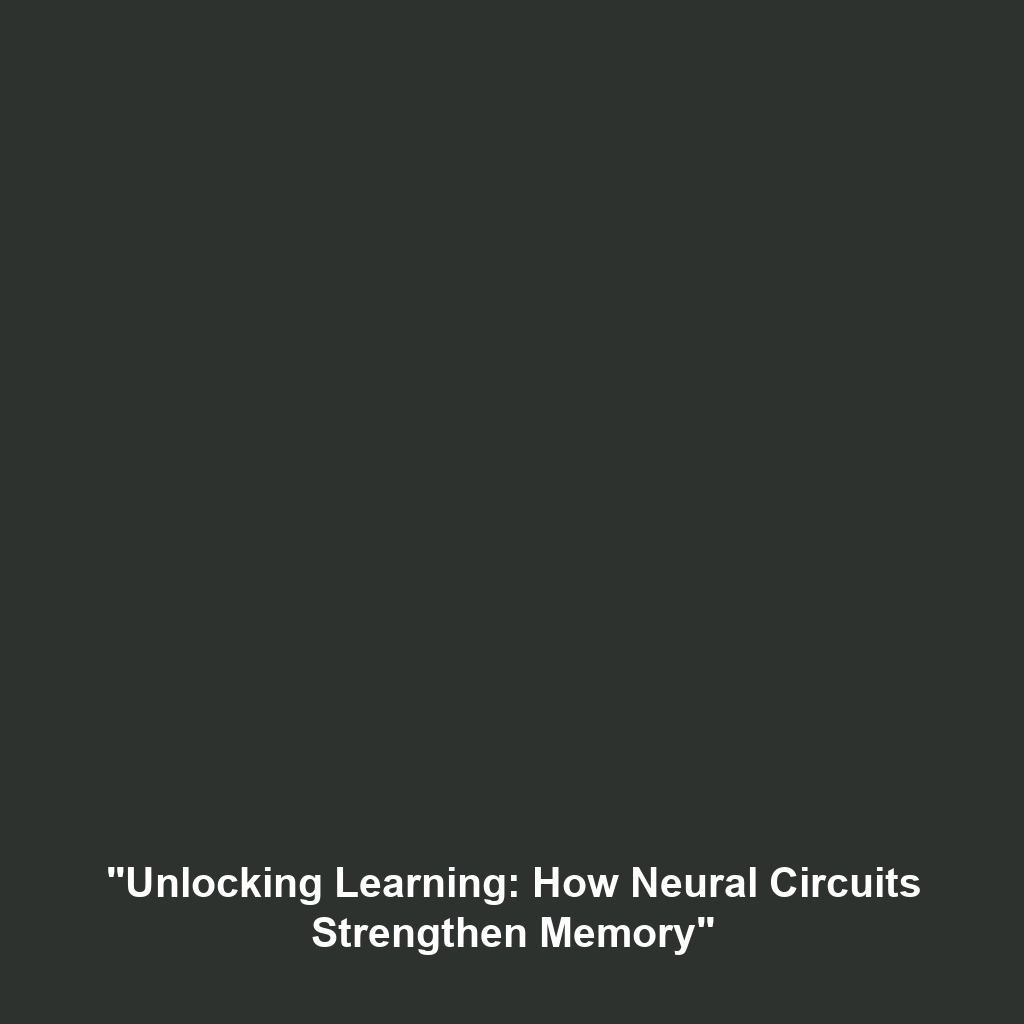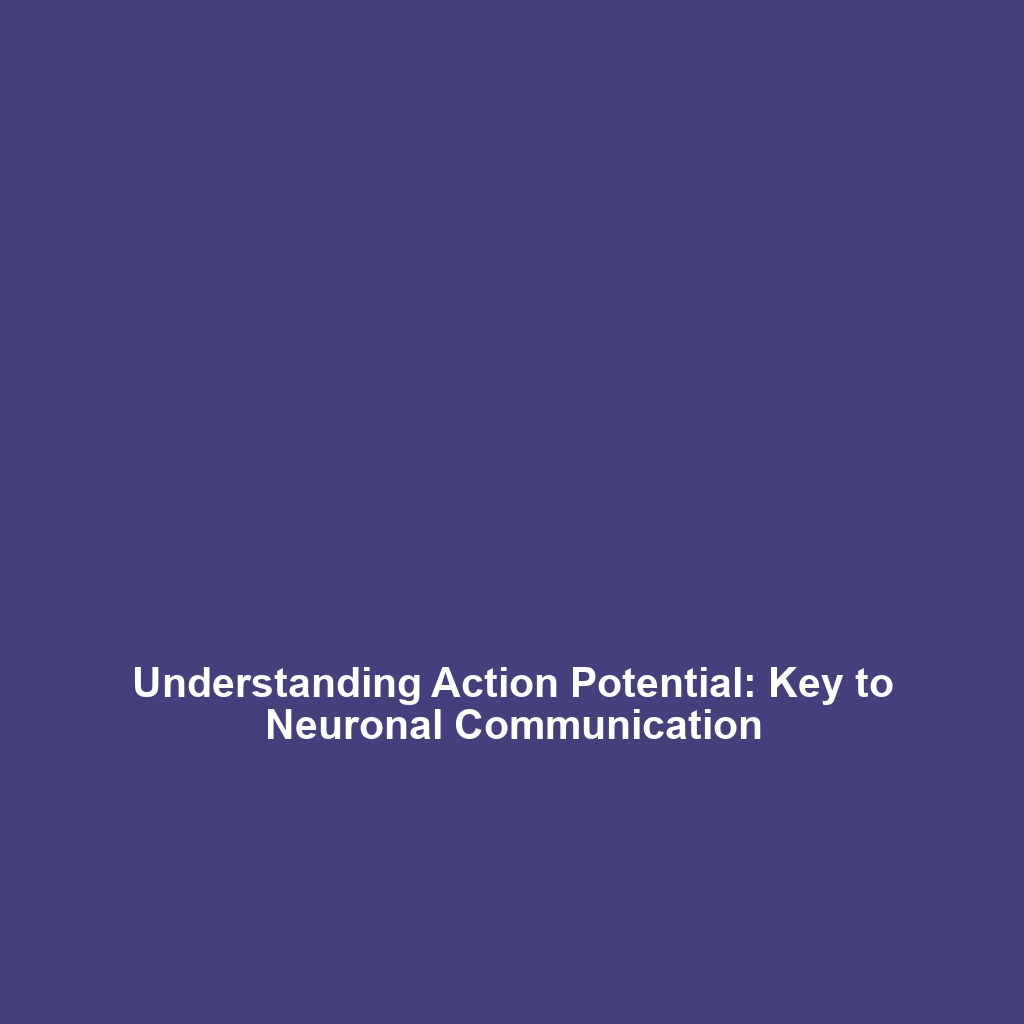Mechanisms of Learning: How Repeated Activity Strengthens Synaptic Connections (LTP) and Consolidates Learning
Introduction
The mechanisms of learning play a pivotal role in various fields, notably in biomechanics, where understanding synaptic connections and their strengthening through repeated activities can lead to significant insights. Long-term potentiation (LTP) is a fundamental process that describes how persistent stimulation of certain neural circuits can lead to lasting enhancements in synaptic strength. This phenomenon is critical not only for learning and memory but also for motor skill acquisition, rehabilitation, and athletic training. The exploration of LTP’s impact on learning provides a framework for developing effective educational strategies and therapeutic interventions grounded in biomechanics.
Key Concepts
Understanding Long-Term Potentiation (LTP)
Long-term potentiation (LTP) is characterized by a lasting increase in synaptic strength following high-frequency stimulation of a synapse. Key concepts regarding LTP include:
- Neural Plasticity: Refers to the brain’s ability to adapt and reorganize itself through forming new neural connections.
- Synaptic Strength: Influenced by the frequency and type of activity in neural circuits. Increased synaptic strength can enhance performance in biomechanical tasks.
- Mechanisms of Consolidation: Repeated neural activity facilitates the transition of short-term memories into long-term memories, reinforcing learning outcomes.
The Role of Biomechanics
Biomechanics is the study of the mechanical aspects of living organisms, and the understanding of LTP offers insights into how physical activity affects brain function and learning processes. The strong relationship between biomechanics and neural adaptations highlights the importance of motor learning in athletic performance and rehabilitation.
Applications and Real-World Uses
Understanding how repeated activity strengthens synaptic connections has numerous applications in biomechanics. Some of these include:
- Physical Rehabilitation: Utilizing LTP principles to tailor exercises that promote motor learning and recovery after injury.
- Sports Training: Designing training regimens that maximize neural adaptation for improved performance.
- Education: Implementing motor skills training programs that utilize principles of LTP to enhance learning efficiency among students.
These applications of the mechanisms of learning in biomechanics underscore the integration of neuroscience with physical training and rehabilitation methodologies.
Current Challenges
Despite significant advancements, several challenges remain in studying and applying mechanisms of learning through LTP within biomechanics:
- Complex Interactions: The interactions between various neural circuits can complicate the understanding of LTP in isolation.
- Variability in Responses: Individual variability in responses to training and rehabilitation can hinder the standardization of LTP-based approaches.
- Technological Limitations: Current methodologies may not fully capture the complexities of synaptic changes over time.
Future Research and Innovations
Future research is vital for improving our understanding of LTP and its applications in biomechanics. Potential innovations include:
- Neurofeedback Techniques: Developing systems that utilize real-time brain activity monitoring to enhance learning outcomes.
- Wearable Technology: Advances in wearable devices that can track biomechanical performance and neurological responses for more integrated training programs.
- Integration of AI: Utilizing artificial intelligence to analyze vast datasets on neural activity and learning processes for personalized training protocols.
Conclusion
In summary, the mechanisms of learning, particularly through processes like long-term potentiation, are essential to understanding and improving human performance within biomechanics. By leveraging insights on how repeated neural activities strengthen synaptic connections, we can develop more effective strategies for rehabilitation, training, and education. For further reading on biomechanics and its intersection with neuroscience, explore our related articles on Neuroplasticity in Rehabilitation and Biomechanical Principles for Athletes.

